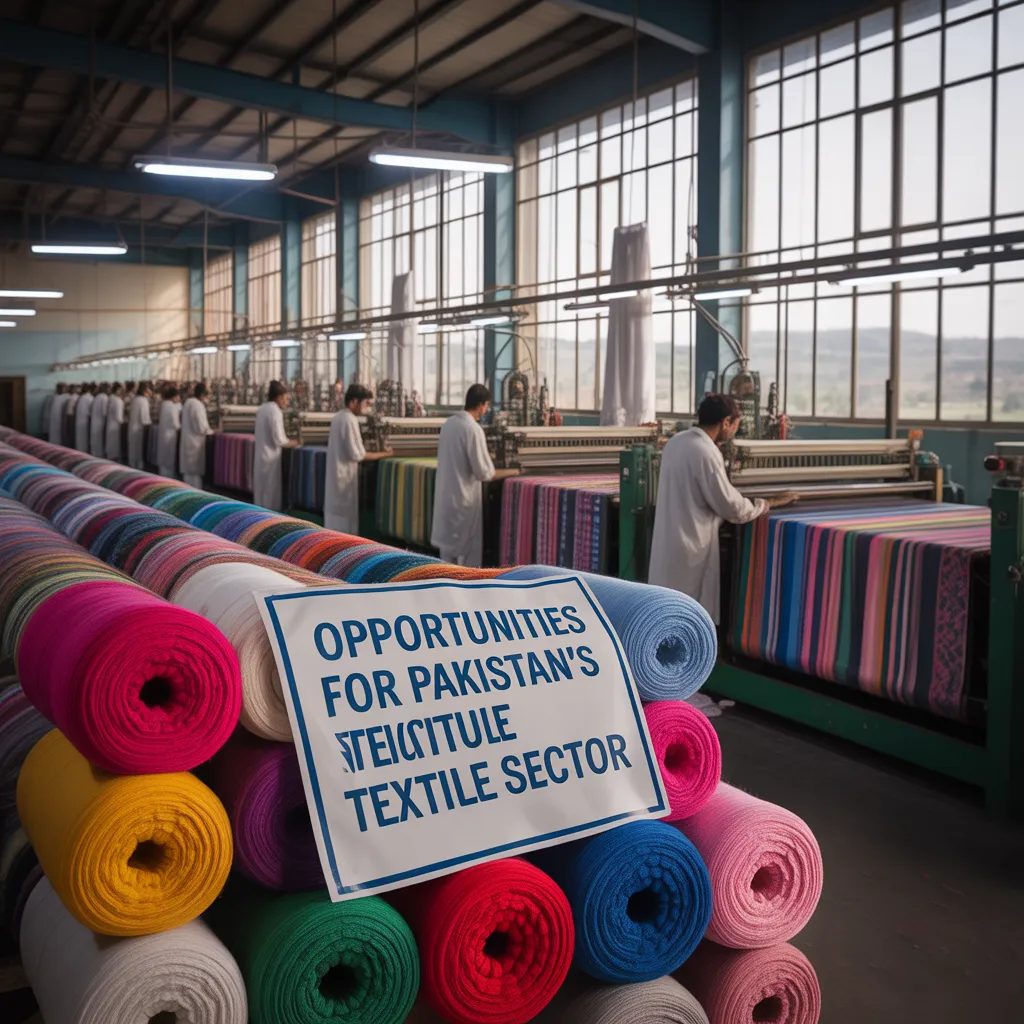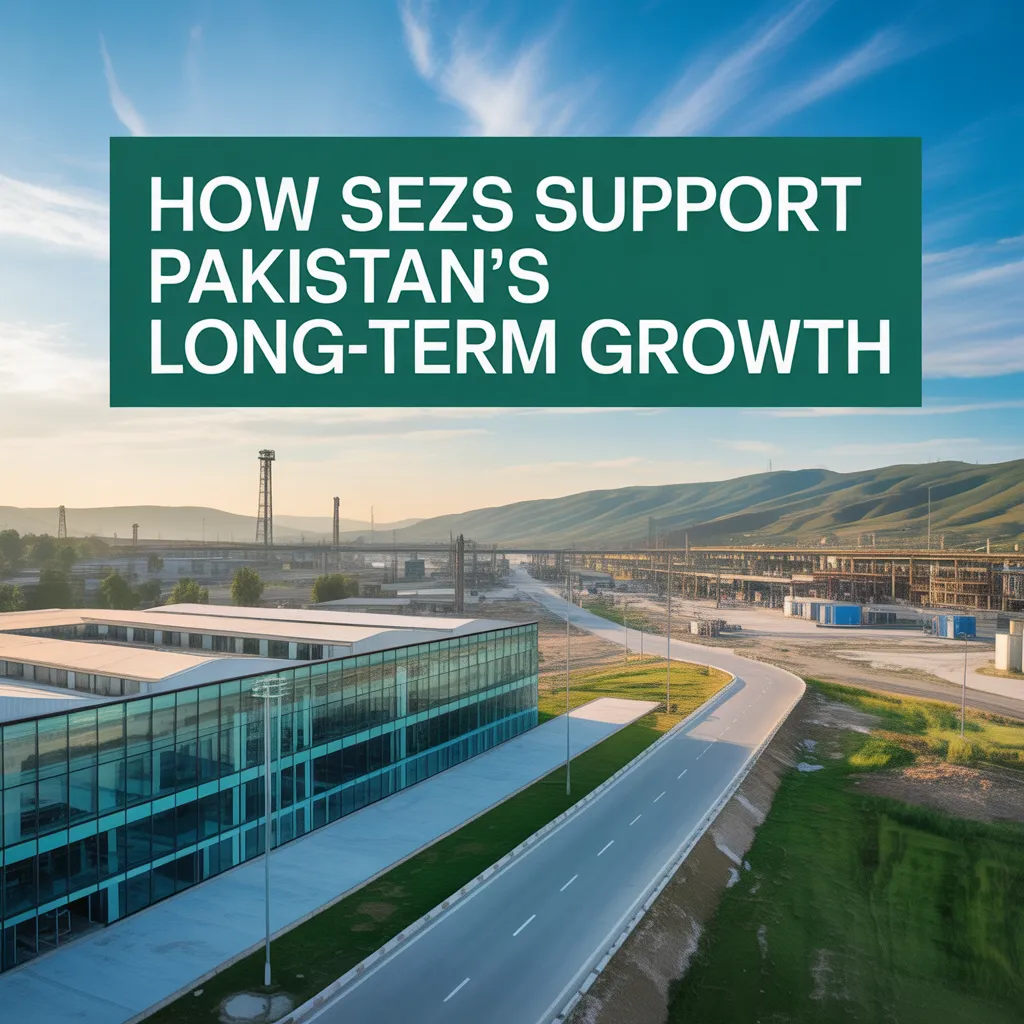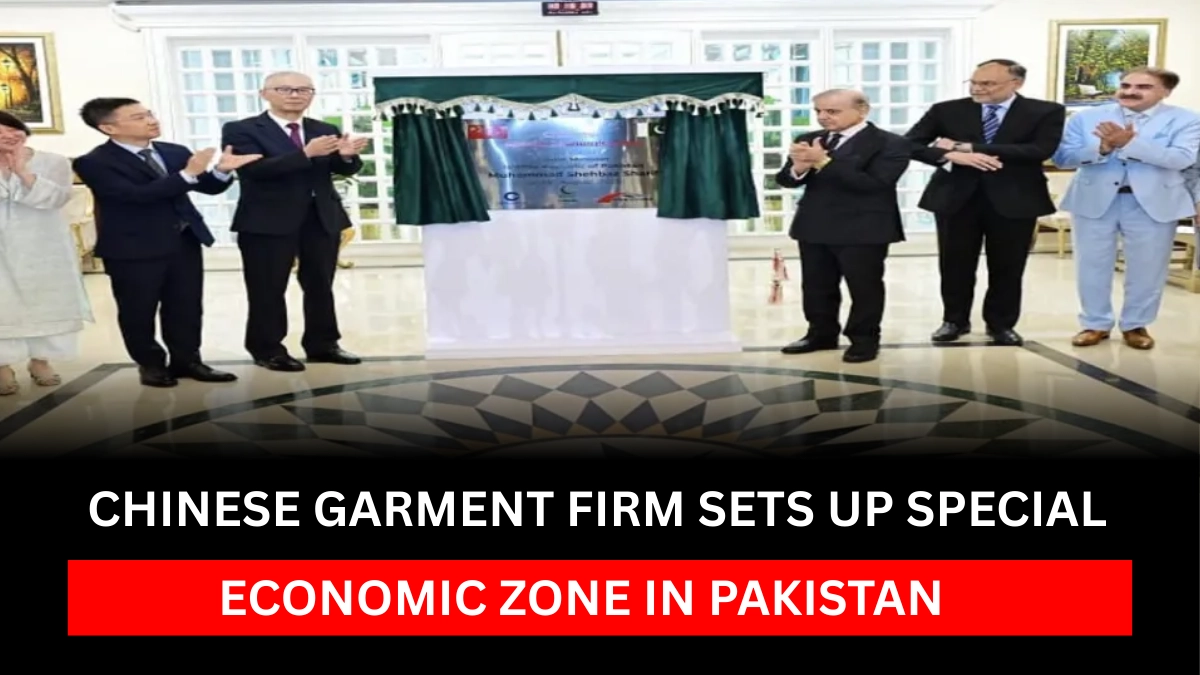A leading manufacturing company from abroad plans to create a dedicated business zone in the country. This project aims to boost local jobs, improve trade, and attract more investment, helping the economy grow stronger and giving new opportunities to workers and businesses. The Chinese garment firm to set up special economic zone in Pakistan will play a key role in this development.
This important project is expected to bring many benefits, such as creating new jobs for local people and increasing exports.
Background of the Chinese Garment Firm
A major Chinese garment investment in Pakistan has caught global attention. The company has a long history of making high-quality clothes for global brands. Its decision to move into Pakistan shows the growing trust in Pakistan’s textile strength.
This firm is bringing not just money but also modern textile technology transfer. With its strong supply chain and global links, it is set to play a big role in Special Economic Zone development
. Experts believe this could be the start of a new industrial era in Pakistan.
Why Pakistan for the SEZ?
Pakistan offers low-cost labor, a strategic location, and a fast-growing textile base. These advantages make it perfect for foreign direct investment in Pakistan. The government also gives tax breaks and incentives for investors in SEZs.
Another key reason is Pakistan-China trade cooperationunder CPEC. With easy transport routes and strong ties, Pakistan is now seen as a natural home for global industries. Investors know that Pakistan has both resources and ambition to grow.
Also Read:Alex Hormozi $100M Money Models for Business Growth
Economic Impact of the SEZ
The SEZ will create thousands of jobs, leading to large-scale job creation in Pakistan SEZ. New factories mean more income for families and more exports for the country. The flow of foreign money will boost both the textile and service sectors.
According to trade data, industrial growth in SEZs brings higher exports and tax revenue. It also encourages other foreign investors to follow. This SEZ is expected to improve Pakistan’s economy and build trust among international buyers.
| Sector | Impact |
|---|---|
| Textile | Higher output and value-added textile exports |
| Labor | More jobs and skilled workforce training in SEZs |
| Economy | Boost in long-term economic growth of Pakistan |
Role of CPEC in Strengthening Cooperation
CPEC is the backbone of this project. With CPEC industrial projects Pakistan has new roads, ports, and power plants. This makes it easy for goods to move across borders. Without CPEC, such investments would face delays and high costs.
The SEZ shows how infrastructure development under CPEC helps both partners. The zone is directly linked with trade routes that connect Pakistan to global markets. This makes Pakistan an important part of the global textile supply chain.
Opportunities for Pakistan’s Textile Sector

The SEZ will speed up Pakistan textile sector growth. Local factories will gain new machines and ideas from Chinese firms. With modern methods, Pakistan will make more high-value products instead of only raw materials.
These steps push Pakistan closer to becoming an apparel manufacturing hub South Asia. Global brands want countries that can produce fast and cheap. Pakistan’s textile firms will now meet that demand and build a strong export base.
Alao Read:Alex Hormozi: The Mind Behind $100M Offers & Business Growth
Benefits for Local Communities
This project will support economic opportunities for local workers. Families near the SEZ will get jobs, better schools, and health care. People will have a steady income and more chances to learn new skills.
The SEZ is also a chance for sustainable textile production. Eco-friendly practices and waste control methods will be used. This will help Pakistan improve its global image and meet international green standards.
Potential Challenges and Risk Factors
Even with progress, risks remain. Pakistan industrial policy reforms must continue for stability. If rules change too often, investors may hesitate to expand.
Energy costs and political issues could slow the project. Without strong systems, the country may lose the benefits of economic partnership between Pakistan and China. To succeed, both sides need long-term trust and clear planning.
How SEZs Support Pakistan’s Long Term Growth

SEZs are not short-term projects. They provide a base for long-term economic growth of Pakistan. By training workers and building industries, Pakistan gains a stronger future.
The focus on skilled workforce training in SEZs ensures local workers keep jobs even if industries change. With such zones, Pakistan can slowly reduce its reliance on imports and boost local production.
Expert Opinions and Industry Reactions
Economists say the project shows global trust in Pakistan. They note that regional apparel competitiveness will grow once Pakistan exports more clothes to Europe and the US. This will bring higher income for local businesses.
Industry leaders also stress the role of economic partnership between Pakistan and China. They see this SEZ as proof that Pakistan is ready to be a textile hub. With proper planning, this project can become a model for future zones.
Pakistan as a Regional Apparel Hub
If the SEZ succeeds, Pakistan could rise as an apparel manufacturing hub South Asia. The country already has strong cotton production and now adds high-value garment production. This will change its place in global trade.
The mix of textile exports from Pakista, skilled labor, and global investment will shape the future. By staying focused, Pakistan can lead the region in apparel and gain long-term stability.
FAQ’s
1. What is the Chinese garment firm’s SEZ in Pakistan?
It is a new Special Economic Zone development set up for garment production and exports.
2. Why is Pakistan chosen for this SEZ?
Pakistan offers low costs, skilled labor, and strong CPEC industrial projects support.
3. How will the SEZ help Pakistan’s economy?
It will boost Job creation in Pakistan SEZ, exports, and industrial growth in SEZs.
4. What role does CPEC play in this project?
CPEC ensures infrastructure development under CPEC for smooth operations.
5. What risks does the SEZ face?
Challenges include energy issues, competition in regional apparel competitiveness, and skills gaps.
Conclusion
The Chinese garment firm’s SEZ in Pakistan is more than an investment—it’s a gateway to industrial growth in SEZs, stronger economic partnership between Pakistan and China, and a future where Pakistan becomes a leading regional apparel competitiveness hub. If sustained, this project could redefine the country’s role in global textile trade.




Join The Discussion